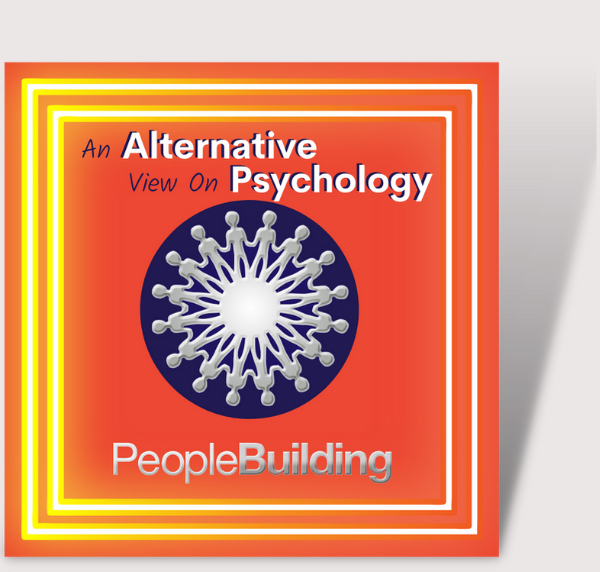OCD is an anxiety disorder which is characterised by repeated anxious thoughts that cause a compulsion to perform a particular behaviour. However, performing the behaviour usually provides only a short-term relief from the anxiety as the anxious thought occurs again usually only a short time later. Not performing the behaviour creates greater anxiety than its repeated performance.
Sometimes these thoughts occur in the mind as a nagging reminder and others experience a visual reminder by actually seeing pictures in their mind too. There are many different things that can be obsessed about- it may be locking the door, checking the fridge is closed or hand washing. Sometimes a person experiences such a degree of doubt they will repeat the behaviours several times before being able to continue normal activity.
As the NLP communication model teaches us, there is a link between Thinking, Feeling and behaviour and OCD also highlights this process. For example, someone who is concerned that they have not turned off the gas oven may be creating pictures in their mind of an explosion occurring in their kitchen, this would lead to an anxious worried feeling so they behave by checking the oven. However, instead of then creating a new picture of the kitchen being fine, they continue to rerun the explosion picture and the cycle continues to occur.
NLP can be useful for tackling both negative picture-making and nagging thoughts. By reviewing exactly what a person is saying to themselves they can begin to challenge their nagging thoughts for authenticity and truth. New thought strategies can be installed so that the person can evoke a different feeling and a more empowering behaviour.
Using a submodality intervention, there can be a rapid and immediate impact on the pictures that are created which would also lead to a new feeling and behavioural response. Submodalities are the finer distinctions of modalities, and modalities are simply your senses. So a submodality intervention for a picture that someone is making would mean changing the qualities of that picture which would distort the coding that normally leads to a bad feeling happening. When the coding is changed the feelings cannot work in the same way any longer. In addition, a new picture can be imagined, which creates a good feeling. This can be visually rehearsed so that the person begins to create new neural networks within their mind to install the behaviour they see happening, making it likely that they will behave in that new way in the future.
By Gemma Bailey
www.hypnotherapyandnlp.co.uk


